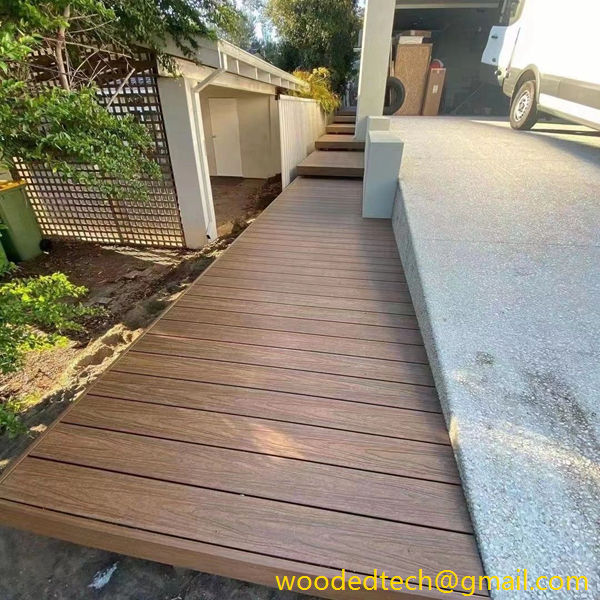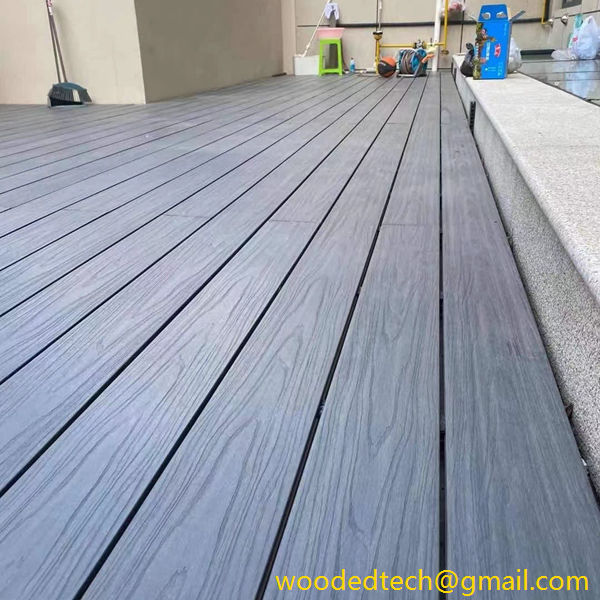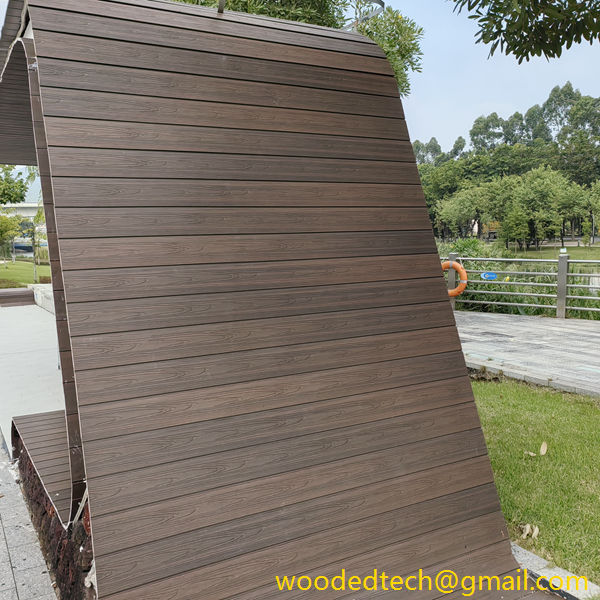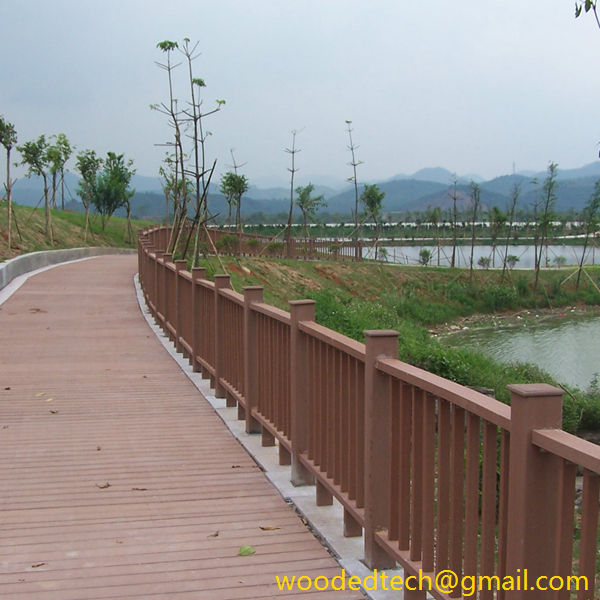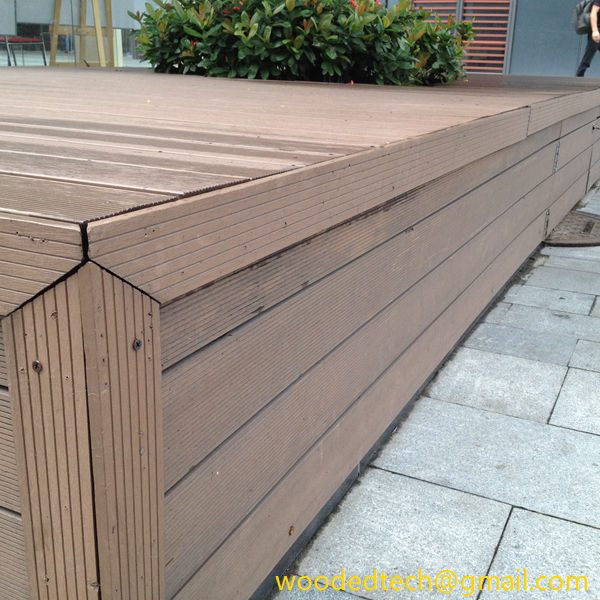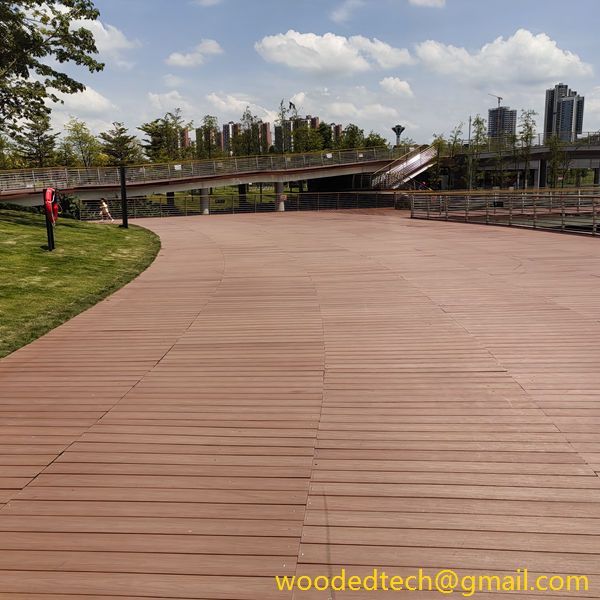How to Build a Composite Deck: Comprehensive Guide on Building a Composite Deck
How to Build a Composite Deck: Comprehensive Guide on Building a Composite Deck Building a composite deck can transform your outdoor space into an inviting area for relaxation and entertainment. Composite decking has gained popularity due to its durability, low maintenance, and appealing aesthetics. This guide offers a comprehensive approach to constructing a composite deck,…
How to Build a Composite Deck: Comprehensive Guide on Building a Composite Deck
Building a composite deck can transform your outdoor space into an inviting area for relaxation and entertainment. Composite decking has gained popularity due to its durability, low maintenance, and appealing aesthetics. This guide offers a comprehensive approach to constructing a composite deck, ensuring that you can enjoy your investment for years to come with minimal upkeep.
Before you begin the building process, it is essential to gather all the necessary tools and materials. Having everything on hand will help streamline your project and prevent unnecessary interruptions. You will need composite decking boards, composite deck framing materials, joists, screws, a saw, a drill, a measuring tape, a level, and safety gear such as goggles and gloves. Additionally, consider having a friend or family member available to assist you during the construction.
The first step in building your composite deck is to plan the design and layout. Start by measuring the area where you want the deck to be and sketch a blueprint of the desired dimensions. Consider factors such as the shape of the deck, any stairs or railings you may need, and how it will integrate with your home and landscape. It is also crucial to check local building codes and regulations, as these can dictate specific requirements for deck construction, including permits and structural support.
Once you have a clear plan and have obtained any necessary permits, it’s time to prepare the site. Start by clearing the area of any debris, vegetation, and obstructions. Level the ground to create a stable foundation for your deck. If the ground is uneven, you may need to dig or fill in areas to achieve a flat surface. After preparing the ground, you can mark the perimeter of the deck with stakes and string to visualize the layout more clearly.
With the site prepared, the next step is to install the foundation. Most composite decks are built on a frame of pressure-treated wood or composite material. Begin by laying out the joists, which will serve as the structural support for your deck. Ensure that the joists are spaced evenly, typically 16 inches apart, to provide adequate support for the decking boards. If your deck is larger or you plan to have heavy furniture, consider using closer spacing for added strength.
Once the joists are in place, secure them to the ground using concrete footings or deck blocks, depending on your design. Ensure that the framing is level and square by using a level and measuring diagonally from corner to corner. This step is crucial, as any misalignment will affect the appearance and stability of the finished deck.
After the foundation is complete, it is time to install the composite decking boards. Start by laying the first board at one end of the deck, ensuring it is flush with the edge of the framing. Secure the board using composite deck screws, which are specifically designed to prevent stripping and ensure a tight fit. Continue laying the boards parallel to each other, leaving a small gap for drainage and expansion. The recommended gap is typically between one-eighth and one-quarter of an inch, depending on the manufacturer’s guidelines.
When you reach the end of the deck, you may need to cut the last board to fit. Use a saw to make clean, straight cuts, and always wear safety goggles when operating power tools. Once all the boards are installed, take a moment to inspect your work. Ensure that all screws are flush with the surface of the boards and that there are no protruding edges that could pose a tripping hazard.
Next, consider adding railings and stairs to your deck for safety and accessibility. Many composite decking manufacturers offer matching railings that can be easily integrated into your design. Follow the manufacturer’s instructions for installing railings, as these can vary depending on the system you choose. When building stairs, ensure they are sturdy and comply with local building codes for height and width.
After completing the structural aspects of your deck, it’s time for the finishing touches. You may want to add decorative elements such as lighting, planters, or outdoor furniture to enhance the overall look of your space. Many composite materials are designed to resist fading and weathering, so you can choose vibrant colors and styles that will last.
Finally, maintenance is minimal for composite decking, making it an attractive option for homeowners. Regular cleaning with soap and water or a gentle pressure wash will help maintain its appearance. Avoid using harsh chemicals or abrasive tools, as these can damage the surface of the composite material. Inspect your deck periodically for any loose screws or damaged boards and address these issues promptly to ensure the longevity of your investment.
In conclusion, building a composite deck is a rewarding project that can enhance your outdoor living space while requiring minimal maintenance once completed. By following these comprehensive steps, from planning and preparation to installation and finishing touches, you can create a beautiful and functional deck that you and your family will enjoy for years to come. With the right materials and a bit of effort, you can construct a deck that not only meets your design preferences but also stands the test of time, allowing you to relax and enjoy your outdoor oasis with peace of mind.

